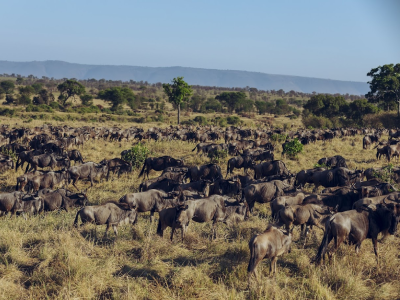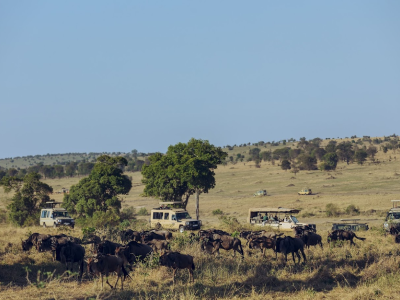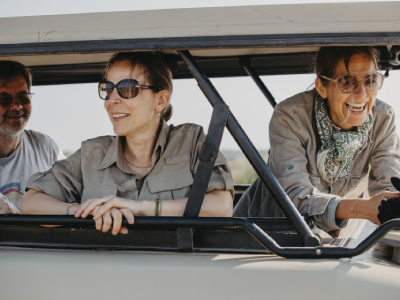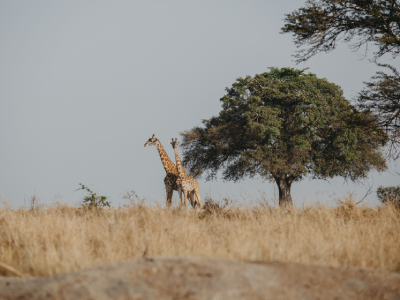Discover
Serengeti National Park
A WORLD UNTOUCHED, TEEMING WITH LIFE AND NATURAL DRAMA.
Safari Bliss – Served Serengeti Style
Enter a realm where Mother Nature creates her stunning works of art. The exotic animals and expansive vistas of Serengeti National Park make it the safari destination of a lifetime. This park is on the travel wish lists of travellers all around the globe because it is the site of the legendary Great Migration and because it provides refuge to millions of creatures.
Everything you could want is right her e: limitless skies, golden savannahs, and exciting wildlife encounters. Experiencing the park’s unspoiled beauty and abundant variety is like travelling through time to a place where the cycles of nature dictated everything.
History of Serengeti National Park
The Serengeti’s legacy began in the late 1800s when explorers marvelled at its untouched beauty and abundance of wildlife. By 1930, the area was recognized as a game reserve, and in 1951, Serengeti National Park was officially established.
Originally encompassing Ngorongoro, it later expanded to protect the iconic migration routes. In 1981, Serengeti National Park earned UNESCO World Heritage status, securing its place as a global treasure. Today, the park remains a sanctuary for millions of animals, symbolising conservation and natural harmony.





















